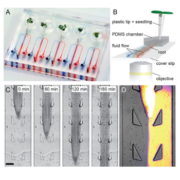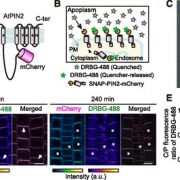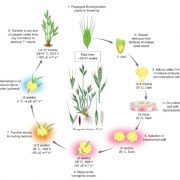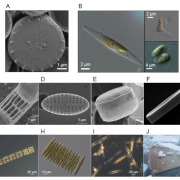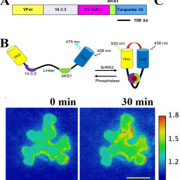Life between the cells: measuring apoplast hydration and content (Plant Phys)
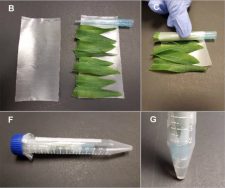 The extracellular space within the leaves, or apoplast, has an active role in many aspects of plant physiology; since water from transpiration, sucrose from photosynthesis and other metabolites pass through the apoplast. Since abiotic and biotic factors (i.e., pathogens) modify the composition of the apoplast, several methods have been developed to study its content. In a recent report, Gentzel et al. refine a method based in infiltration-centrifugation that allows apoplast fluid extraction and rapid estimation of apoplast hydration. To measure cell damage during the procedure, they tested wash solutions, centrifugation force and evaluated cell damage using confocal microscopy. As an application of the method, the authors quantified the water soaking response to pathogens in maize plants. Further applications of this method could include expression analysis in plant-pathogen interactions and analysis of metabolism. (Summary by Humberto Herrera-Ubaldo). Plant Physiol. 10.1104/pp.18.01076
The extracellular space within the leaves, or apoplast, has an active role in many aspects of plant physiology; since water from transpiration, sucrose from photosynthesis and other metabolites pass through the apoplast. Since abiotic and biotic factors (i.e., pathogens) modify the composition of the apoplast, several methods have been developed to study its content. In a recent report, Gentzel et al. refine a method based in infiltration-centrifugation that allows apoplast fluid extraction and rapid estimation of apoplast hydration. To measure cell damage during the procedure, they tested wash solutions, centrifugation force and evaluated cell damage using confocal microscopy. As an application of the method, the authors quantified the water soaking response to pathogens in maize plants. Further applications of this method could include expression analysis in plant-pathogen interactions and analysis of metabolism. (Summary by Humberto Herrera-Ubaldo). Plant Physiol. 10.1104/pp.18.01076


